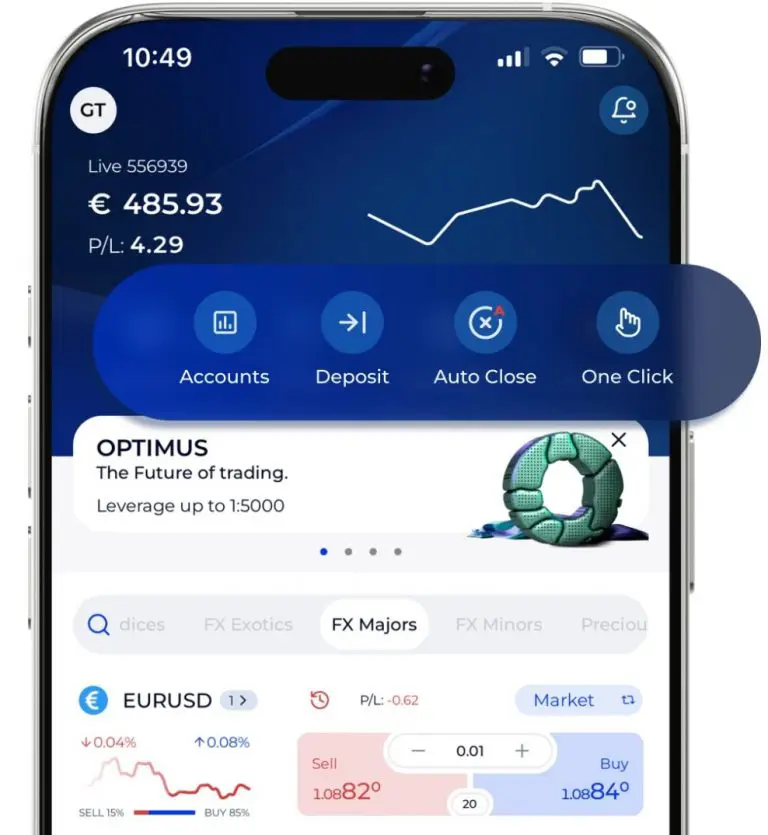Zero-Sum Trading Overwiew
The South African forex market represents a unique confluence of emerging market dynamics and sophisticated financial infrastructure. As Africa’s most developed financial market, South Africa offers traders a distinctive environment where traditional forex principles meet local market nuances. The interplay between the volatile rand and major currencies creates a complex trading ecosystem that demands sophisticated understanding and careful strategy implementation.
The Johannesburg Stock Exchange (JSE) and its derivatives market play a crucial role in providing the infrastructure for currency trading. South African traders must navigate a landscape influenced by:
- Commodity price fluctuations, particularly gold and platinum
- Political and economic policy changes
- International investment flows
- Regional economic developments
- Monetary policy decisions by the South African Reserve Bank
- Global market sentiment towards emerging markets
- Local regulatory requirements and exchange controls
The growing digitalization of financial services has democratized access to forex trading for South African investors, while simultaneously introducing new challenges and opportunities. Modern trading platforms must comply with Financial Sector Conduct Authority (FSCA) regulations while providing competitive services to local traders.
Zero-Sum Dynamics in African Markets
The concept of zero-sum trading (fx ゼロサム) takes on special significance in the South African context, where market participants must consider multiple layers of complexity. The rand’s status as an emerging market currency creates unique trading conditions that differ significantly from developed market dynamics.
Market Complexity Factors:
Regional Economic Integration
- SADC trade relationships
- Cross-border payment systems
- Regional currency correlations
- Economic policy coordination
Domestic Market Influences
- Mining sector performance
- Manufacturing output
- Service sector growth
- Employment statistics
- Inflation rates
International Market Forces
- Global commodity trends
- Emerging market sentiment
- Development finance flows
- International trade patterns
Understanding these dynamics helps traders develop market-appropriate strategies that account for both local and international factors. The interplay between domestic and international market forces shapes trading outcomes in ways that require sophisticated analysis and risk management approaches.
Market Structure Analysis
| Market Category | Local Impact | Global Context | Strategic Considerations |
| Commodity-Linked | High correlation with gold and platinum | Resource dependency | Commodity cycle timing |
| Currency Pairs | ZAR volatility focus | Major pair trading | Cross-pair correlations |
| Market Access | Local restrictions | International exposure | Regulatory compliance |
| Trading Hours | African session specifics | Global market overlap | Liquidity management |
Understanding Negative-Sum Realities
Understanding Negative-Sum Realities
The South African forex market operates within a complex framework of regulations and market forces that create a negative-sum environment. Key factors include:
Regulatory Framework:
- FSCA oversight requirements
- Exchange control regulations
- Anti-money laundering compliance
- Capital adequacy requirements
- Transaction reporting obligations
Cost Structure Analysis:
Direct Trading Costs
- Broker commissions
- Platform fees
- Spread markups
- Transaction taxes
- Banking charges
Direct Costs
- Compliance expenses
- Market data fees
- Professional service fees
- Technology infrastructure
- Training and education
Market Impact Costs
- Slippage in volatile conditions
- Liquidity constraints
- Time zone adjustments
- Currency conversion impacts

Strategic Approaches for South African Traders
Successful trading in the South African market requires a comprehensive approach that incorporates:
Technical Analysis Considerations:
- Support and resistance levels specific to ZAR pairs
- Volatility indicator adaptations
- Multiple timeframe analysis
- Pattern recognition in local context
- Volume analysis during African hours
Fundamental Analysis Elements:
- Local Economic Indicators
- GDP growth rates
- Current account balance
- Manufacturing PMI
- Retail sales data
- Mining production figures
Global Market Factors
- US Dollar strength index
- Commodity price trends
- Emerging market flows
- Global risk sentiment
- International interest rates
Risk Management Protocols:
- Position sizing for ZAR volatility
- Stop-loss placement strategies
- Correlation risk management
- Leverage optimization
- Portfolio diversification approaches
Advanced Trading Considerations:
- Market Microstructure
- Liquidity provider analysis
- Order flow understanding
- Dark pool activity
- Market maker behavior
- Institutional flow patterns
Systematic Trading Approaches
- Algorithm development
- Back-testing methodologies
- Risk parameter optimization
- Performance monitoring
- Strategy adaptation
FAQ
How do exchange controls affect South African forex traders?
Exchange controls require specific documentation and limit certain transaction types, impacting trading flexibility and strategy implementation.
What role does gold price play in ZAR trading?
Gold prices significantly influence the rand’s value due to South Africa’s position as a major gold producer, creating both opportunities and risks.
Can South African traders access international forex markets freely?
Access is regulated but possible through licensed forex service providers, with specific compliance requirements and documentation needs.
How does the local trading session affect strategy?
South African trading hours overlap with European sessions, creating unique opportunities for liquidity and price action trading.
What are the main risk factors for local traders?
Currency volatility, regulatory changes, global market sentiment, and commodity price fluctuations represent primary risk factors.














